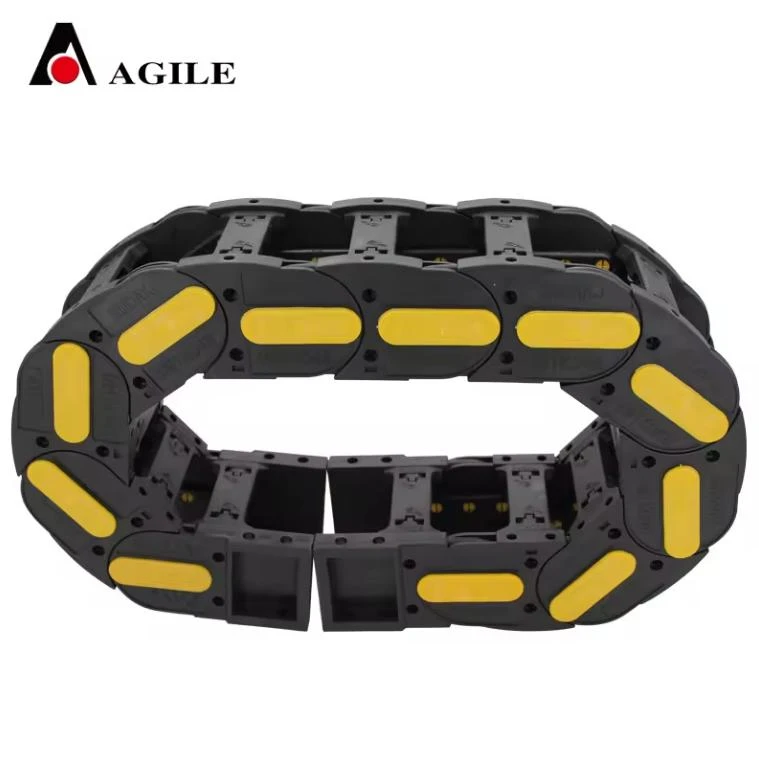Scraper Chip Conveyor Solutions for Efficient Material Handling in Manufacturing Processes
The Importance of Scraper Chip Conveyors in Modern Manufacturing
In the fast-paced world of modern manufacturing, efficiency and reliability are not just desirable traits but fundamental requirements for success. One critical component that enhances productivity in machining operations is the scraper chip conveyor. This seemingly simple device plays a vital role in the management and disposal of metal chips and other waste materials generated during manufacturing processes.
Understanding Scraper Chip Conveyors
Scraper chip conveyors are designed to transport metal chips and shavings away from the machining area, ensuring a clean and organized workspace. These conveyors utilize a series of scrapers or paddles that slide along a trough, removing debris as it accumulates. The design allows for continuous movement of materials, minimizing downtime and maximizing machine efficiency.
Manufacturing processes such as milling, turning, and grinding produce a significant amount of metal waste. If not managed properly, these chips can cause various issues. They may create clutter, leading to potential hazards, and can obstruct machinery, posing a risk of damage or reduced operational efficiency. Scraper chip conveyors help mitigate these problems by efficiently collecting and transporting waste material to a designated disposal area.
Key Benefits of Scraper Chip Conveyors
1. Increased Efficiency By automating the chip removal process, scraper chip conveyors reduce the need for manual labor in waste management. Operators can focus on their tasks, increasing overall productivity. The continuous operation of these conveyors means that machines can run longer without interruptions.
2. Enhanced Workplace Safety Accumulation of metal chips can lead to slips, trips, and falls. Scraper chip conveyors help maintain a clean work environment, minimizing the risk of accidents. Additionally, by removing chips promptly, they prevent potential damage to machinery caused by excessive debris.
scraper chip conveyor

3. Improved Equipment Longevity Proper chip management reduces wear and tear on machining tools and equipment. When chips are left to accumulate, they can scratch and damage surfaces, leading to costly repairs or replacements. By keeping the workspace clear, scraper chip conveyors contribute to extending the lifespan of machining equipment.
4. Cost-Effectiveness Managing waste effectively can lead to significant cost savings for manufacturers. Not only do scraper chip conveyors reduce labor costs associated with manual cleanup, but they also minimize tool damage and breakdowns, leading to lower maintenance and repair expenses.
5. Environmental Benefits Efficient waste management systems contribute to more sustainable manufacturing practices. By facilitating the recycling and proper disposal of metal chips, these conveyors help reduce environmental impact while promoting responsible resource use.
Applications in Various Industries
Scraper chip conveyors are versatile and find applications across numerous industries, including automotive, aerospace, and metalworking. They are particularly valuable in operations involving CNC machines, where precision and cleanliness are paramount. Manufacturers can choose from various configurations and sizes of scraper chip conveyors to suit specific machine setups and chip types, further enhancing their adaptability.
Conclusion
In conclusion, scraper chip conveyors are indispensable tools in modern manufacturing, offering numerous benefits that enhance productivity, safety, and equipment longevity. As industries continue to evolve and demand greater efficiency, the role of these conveyors becomes increasingly significant. By investing in reliable chip management solutions, manufacturers can foster a cleaner, more efficient, and safer working environment, ultimately leading to enhanced profitability and sustainability in their operations. Embracing technologies that streamline operations and minimize waste is not just a strategic advantage; it is essential for thriving in the competitive landscape of today’s manufacturing industry.








